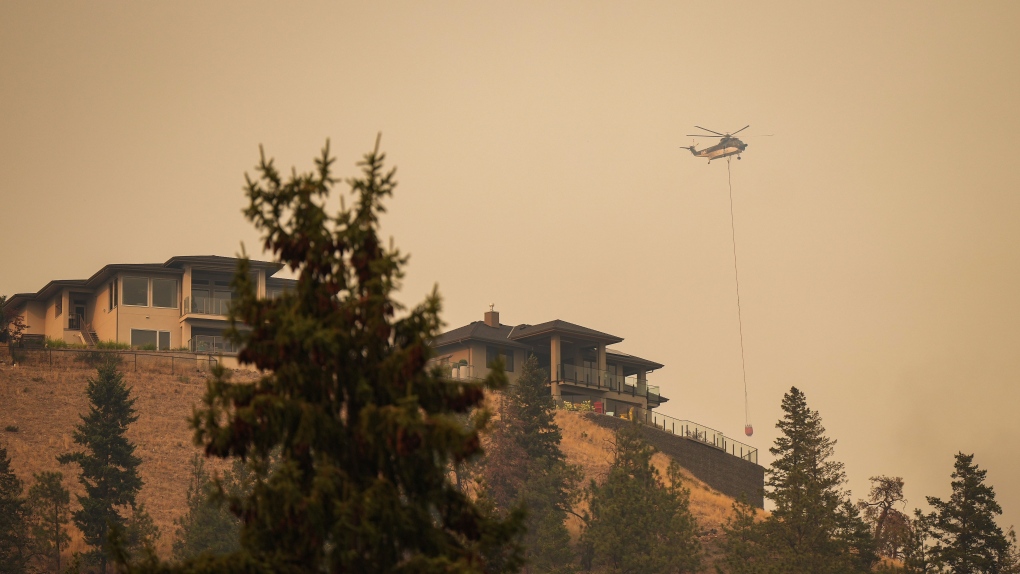“Now is not the time to be taking footage or photographs of active wildfires. Not only is it irresponsible, but it is illegal to fly them in fire areas,” said Minister of Forests Bruce Ralston.
According to BC RCMP, interfering with wildfire control efforts, including flying drones, can lead to a fine of up to $100,000 to one year in jail.
Supt. Kara Triance of Kelowna RCMP said police have received multiple reports of people flying drones in the area of the McDougall Creek wildfire, which has displaced thousands of people in the Okanagan."

 bc.ctvnews.ca
bc.ctvnews.ca
According to BC RCMP, interfering with wildfire control efforts, including flying drones, can lead to a fine of up to $100,000 to one year in jail.
Supt. Kara Triance of Kelowna RCMP said police have received multiple reports of people flying drones in the area of the McDougall Creek wildfire, which has displaced thousands of people in the Okanagan."

British Columbians urged to leave wildfire evacuation zones, stop flying drones and stay off the water
With a provincial state of emergency declared and thousands displaced due to wildfires burning in B.C., those in active fire zones are being urged to stay out of the way of first responders.









